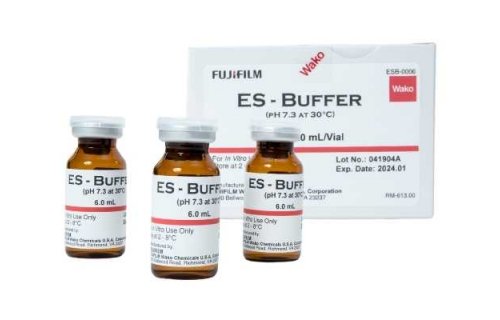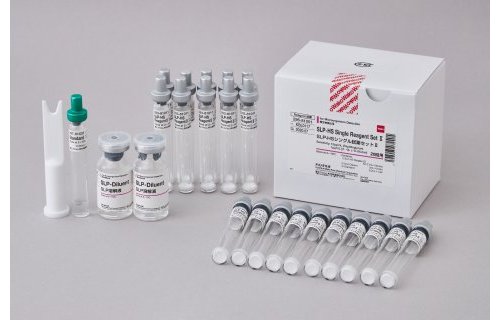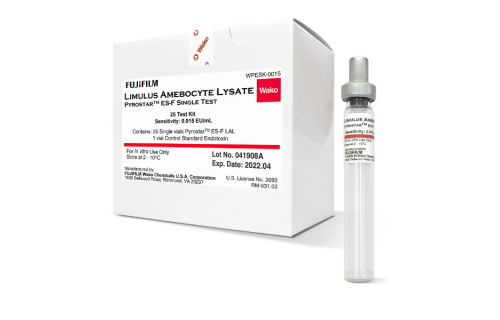Strategies for measuring endotoxin in difficult samples
The endotoxin contamination of parenteral therapeutic products can lead to severe consequences, including, fever, sepsis, and septic shock. Therefore, endotoxin testing has been established as a routine and critical component of the manufacturing and quality control of parenteral pharmaceutical products and medical devices.
The Limulus amebocyte lysate (LAL) assay is the best established test for endotoxin assessment.1 It relies on the incubation of an amoebocyte extract from the horseshoe crab with a sample examined for endotoxin contamination. If endotoxin is present in the analyzed sample, a clot is formed. The most traditional LAL assay technique is the qualitative gel-clot assay. Subsequently, quantitative versions of the LAL assay were developed, including the chromogenic and turbidimetric LAL assays.
The accuracy and reliability of the LAL assay have been confirmed. However, a variety of factors related to the tested products, assay mixture components, environment, and even containers may cause testing challenges and misleading results, including sample interference or endotoxin masking.2–4 Factors that may interfere with the appropriate performance of the LAL assay include chemical inhibitors (such as ethylenediaminetetraacetic acid, EDTA); denaturing agents (such as concentrated acids, bases, inorganic salts, or organic solvents); base alcohol molecules; a pH value outside of the optimal range; endotoxin masking (by substances such as excipients, surfactants, chelators, or N-dimethylamine oxide); or absorption of the endotoxin to container surfaces.1 For medical devices, anticoagulant coating, heavy metal content, or the presence of particulates may interfere with the test results.2 For products assessed with the chromogenic method, assay mixture components that turn a specific color when they come in contact with the LAL reagent could also interference with the test results.1 For samples examined with the turbidimetric method, turbid or suspended products may also lead to sample interference.1
Various strategies have been developed to mitigate the influence of factors causing sample interference or endotoxin masking:
- Appropriate sample dilution – If there is no interfering or enhancing activity in the LAL assay, it is recommended to screen undiluted products. However, if product ingredients interfere with the LAL assay, the product should be diluted to overcome the interference or enhancement. It is recommended to identify the lowest product dilution that would neutralize the interfering effect but still allow endotoxin determination.2
- Digestion, buffer addition, filtration, or centrifugation are other potential treatments for the mitigation of test interference for medical devices.2 Their implementation should be based on careful assessment of the interfering factors and validation of the testing conditions.
- Maintaining anoptimal pH range – The optimal pH range for the LAL assay is in the 6.0–8.0 range, and testing conditions should be maintained within this range to ensure consistent results.
- Ensuring sample homogeneity – Suspension samples may cause interference issues. Therefore, an effort should be made to ensure sample homogeneity. In this context, it is not recommended to pool samples from different stages of the manufacturing process, since their homogeneity may be difficult to ensure.2
- Adjusting the maximum valid dilution (MVD) for pooled samples – In certain instances, small-volume units of finished drug product may be pooled into a composite sample for an LAL assay analysis. In such cases, the MVD should be adjusted to a proportional lower value by dividing the computed MVD for an individual sample by the total number of pooled samples.2
- Using kits and sample containers well characterized for their performance in the LAL assay – Since components of the LAL assay mixture and sample containers may also negatively affect the test results,4 only well characterized test kits and sample containers should be used.
Literature sources
- Wheeler, A. Comparing endotoxin detection methods. Pharmaceutical Technology 2017;41:58–62.
- FDA. Guidance for industry: pyrogen and endotoxins testing: questions and answers. June 2012.
- Reich J, Lang P, Grallert H, Motschmann H. Masking of endotoxin in surfactant samples: Effects on Limulus-based detection systems. Biologicals. 2016;44(5):417-22. doi: 10.1016/j.biologicals.2016.04.012.
- Bech Ørving R, Carpenter B, Roth S, Reich J, Kallipolitis B, Sonne-Hansen J. Bacterial Endotoxin Testing-Fast Endotoxin Masking Kinetics in the Presence of Lauryldimethylamine Oxide. Microorganisms. 2020;8(11):1728. doi: 10.3390/microorganisms8111728.






